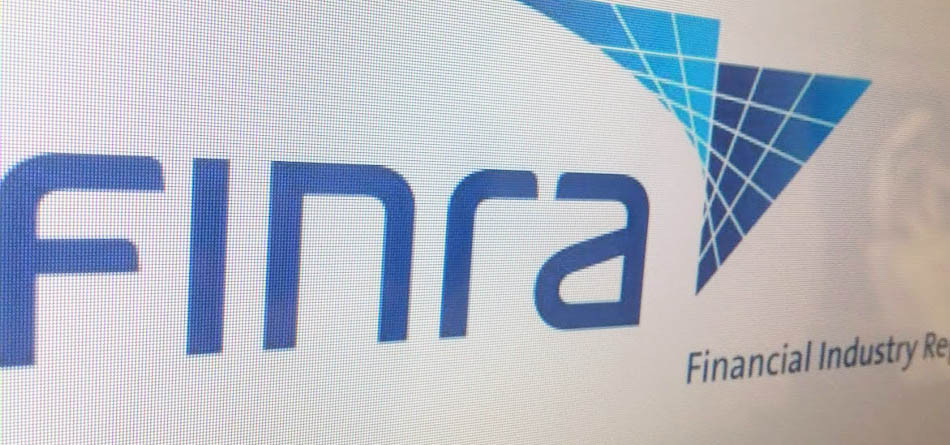For the first time in its history, the Financial Industry Regulatory Authority has released its Financial Guiding Principles and a budget summary for the coming year.
The not-for-profit self-regulatory organization expects its total spend to be $978 million, a drop of 2.1% from 2017 and generate an income of $842 million, 1.7% less than the previous year.
FINRA plans to address its fall in revenue by tapping approximately $136 million of its financial reserves instead of raising fees for the firms that it regulates.
"This approach is not new – we have not increased member fee rates since 2013. In fact, we reduced the Gross Income Assessment in 2015, providing relief to approximately 1,400 smaller firms," jointly wrote William Heyman, chairman of FINRA, and Robert Cook, CEO of FINRA, in budget summary's preface.
The US Securities and Exchange Commission would have to approve any fee increase. The last time it did was in 2013.
FINRA expects income from its Gross Income Assessment to increase this year while income from its Trading Activity Fee and Personnel Assessment Fee to dip and remain flat respectively.
The SRO has seen savings from initiatives, such as moving its continuing education function online, which also led to a corresponding reduction in fee revenue, noted officials.
FINRA also plans to reduce its workforce by 32.5 positions to 3,585.5 employees from 3,618 workers in 2017.
In another move for transparency, the SRO will start itemizing and disclosing all the fines that it collects in an annual budget beginning with the fines that it will levy throughout 2018.
As part of the regulator's financial principles, all fines that FINRA collects are accounted for separately and are used to improve the markets.
Fines collected are accounted for separately, and the use of these monies is subject to special governance procedures, restrictions on use and transparency requirements. Either FINRA's board or its Financial Operations and Technology Committee must first approve any expenditure of these funds.
The regulator previously used these funds to help move its server-based architecture into the cloud, launch its online continuing education platform, and develop TRACE for Treasuries.
Any fine money not used in 2018 will be tacked separately for use in future years.














